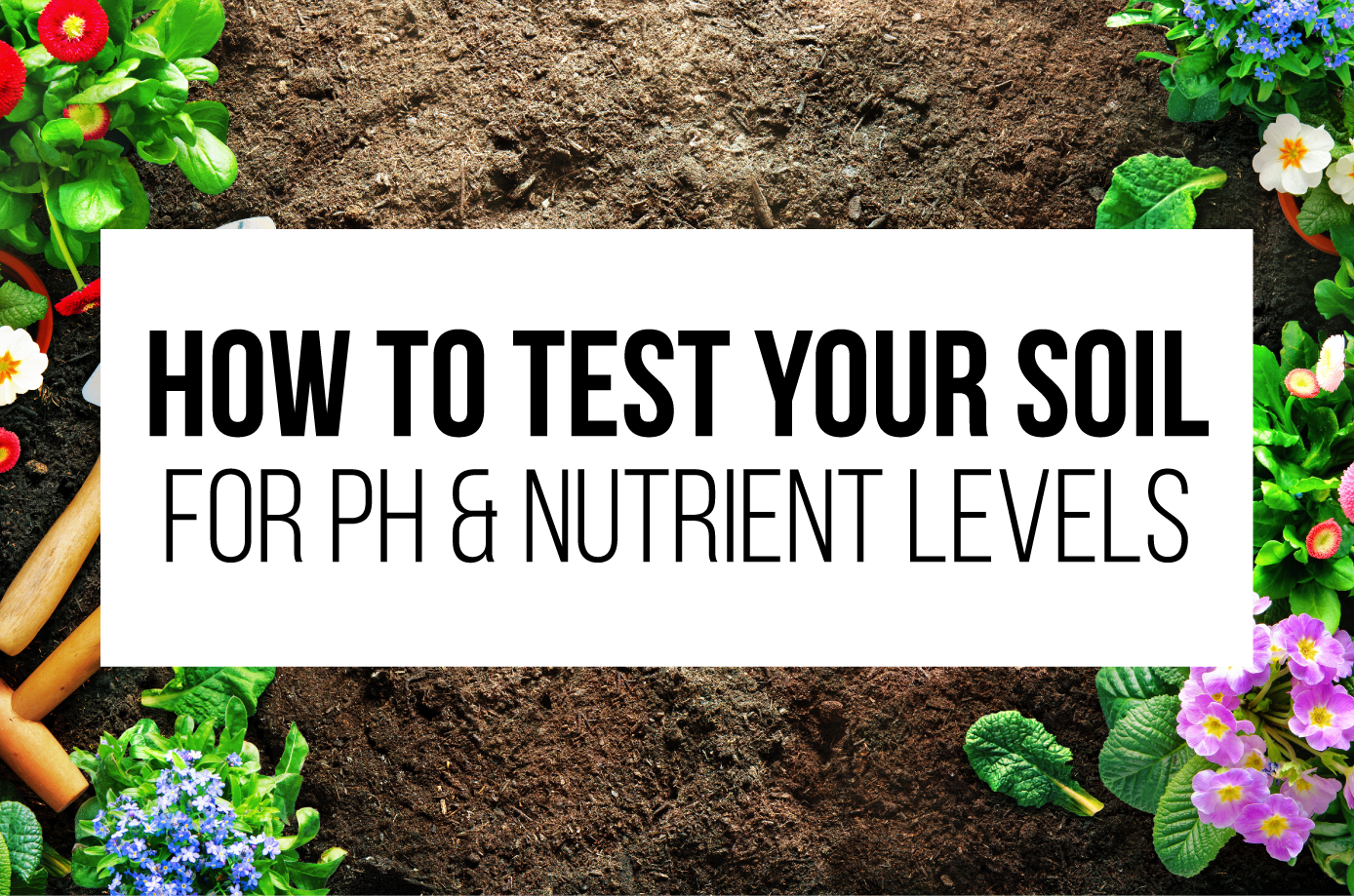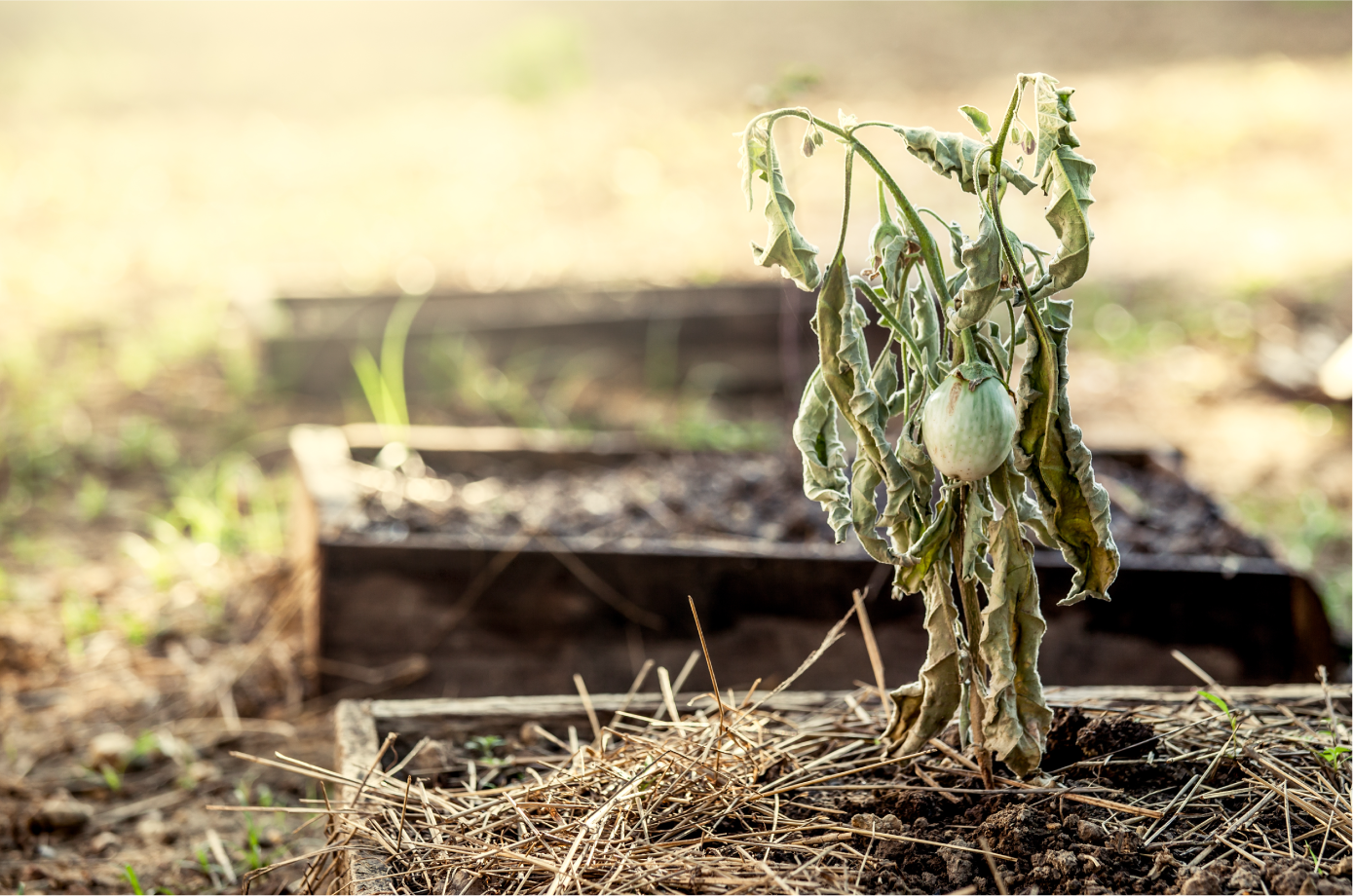Soil Testing 101
Introduction
Healthy soil is the foundation of a successful garden. However, soil quality varies; not all soil is naturally equipped to support optimal plant growth. By testing your soil’s pH and nutrient levels, you can make targeted improvements to your plant’s nutrients. Here’s a comprehensive look at why soil testing matters, what you can expect from the results, and how to perform an accurate soil test.
Why Soil Testing Matters
Plants rely on soil for essential nutrients, but can only absorb these nutrients if the soil’s pH level is within the right range. A high pH can limit the availability of key nutrients like phosphorus and iron, while a low pH can sometimes lead to toxic levels for plants. Without balanced soil, your plants may suffer from stunted growth, poor yields, or disease susceptibility, making gardening more challenging than it needs to be.
Soil testing also reduces the need for excessive fertilization. By understanding your soil’s current nutrient profile, you can avoid over-fertilizing. This helps to save money and prevent nutrient runoff that can harm the environment. If your soil is already nutrient-rich, you may only need minimal fertilization or none at all.
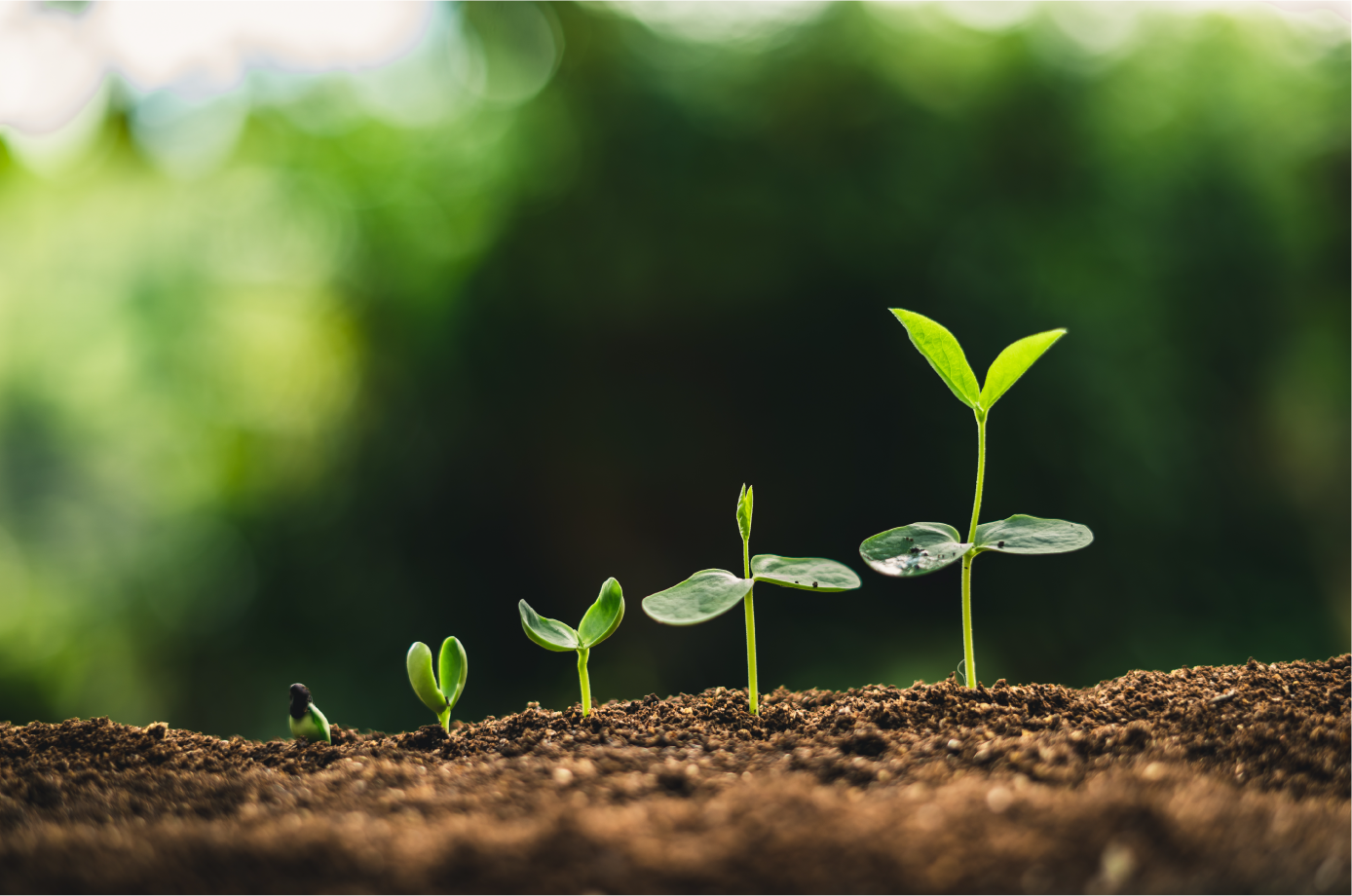
What a Soil Testing Measures
A standard soil test goes beyond pH levels to assess other important soil characteristics. You’ll learn about:
- Soil Texture: Whether your soil is sandy, loamy, or clay-based. This affects drainage and how nutrients move through the soil.
- pH Level: The acidity or alkalinity of your soil, which influences nutrient availability.
- Nutrient Levels: Key nutrients like magnesium, calcium, phosphorus, and potassium are evaluated to see if your soil is supporting healthy plant growth or needs amendments.
- Recommendations: Based on your soil’s characteristics, the lab will offer tailored recommendations on amendments, helping you achieve an ideal nutrient balance.
Armed with this information, you’ll have clear guidance on how to address any deficiencies and maintain balanced soil.
How to Take a Proper Soil Sample
Accurate soil testing depends on taking a representative sample. Here’s a step-by-step guide:
- Divide Your Garden: Separate areas of unique use, such as lawns, vegetable beds, and flower beds, and sample each area separately.
- Collect Samples: Use a stainless steel or chrome-plated trowel or shovel to dig 6–8 inches deep. Avoid using tools that may contaminate the sample with metals like copper or zinc.
- Gather Sub-Samples: In each section, take several sub-samples from different spots. For lawns, sample to a depth of 4 inches; for vegetable and flower beds, 6–8 inches. Remove any surface litter or mulch before sampling.
- Mix and Label: Combine sub-samples in a clean, plastic container. Once mixed, air-dry the soil, then place it in the soil sample box provided by your local Extension Office.
Each sample area should have a unique identifier, like “FRONT_YARD” or “GARDEN1,” so you can track your results accurately.
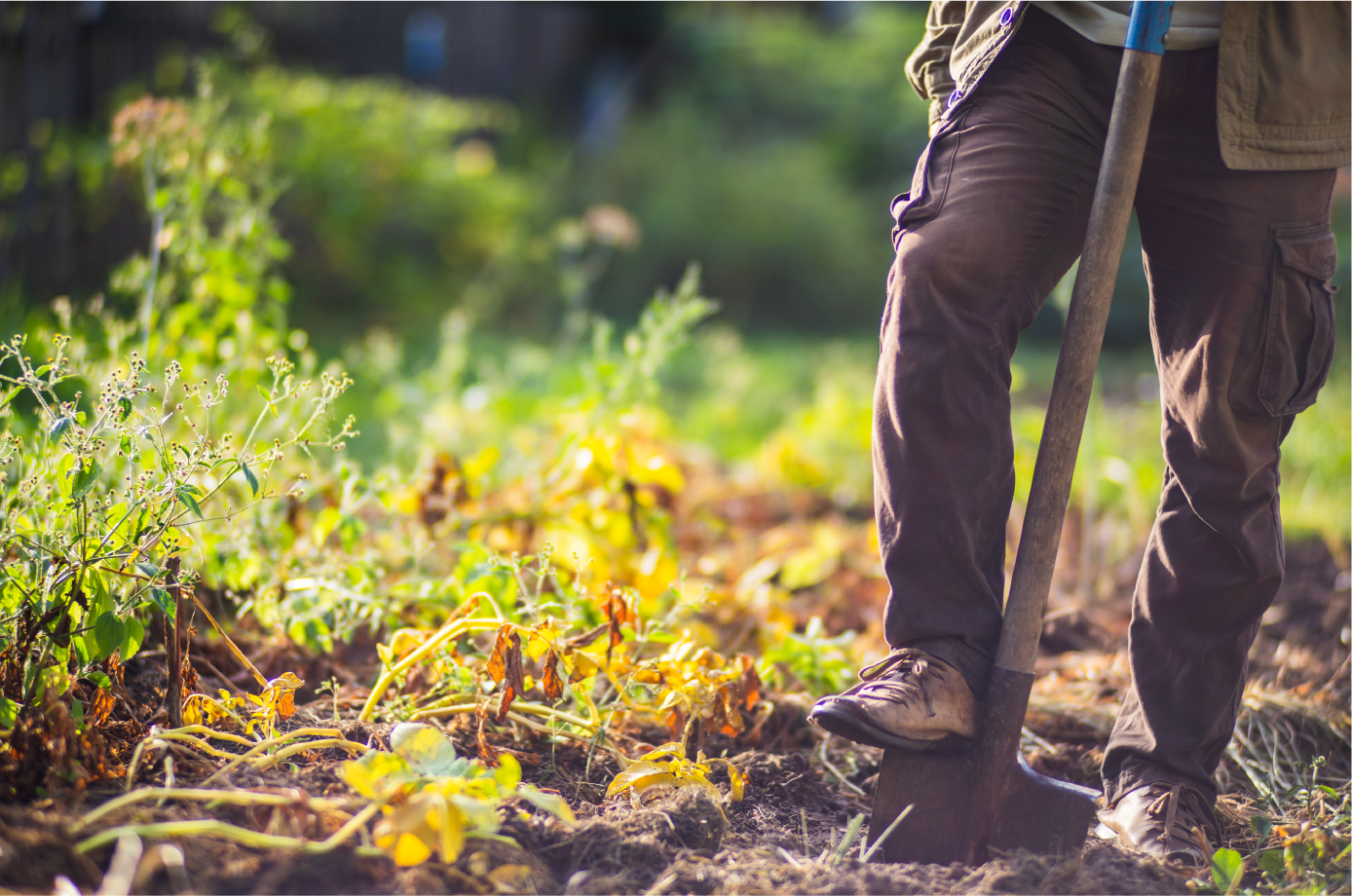
Sending Your Sample & Reading Results
Once you’ve collected your sample, fill out a Soil Sample Information Sheet and submit it, along with the sample, to a testing lab. Your local Virginia Cooperative Extension office provides free sample boxes and forms, and results are typically available within a few weeks.
When your test results arrive, they’ll include recommendations tailored to your soil’s needs. The report will often specify ideal amounts of nitrogen, phosphorus, and potassium. For nitrogen, for example, you might see a recommendation to use compost or manure, ideally applied in the fall for winter breakdown. If potassium is lacking, options like greensand or wood ash can be added for long-term soil enrichment.
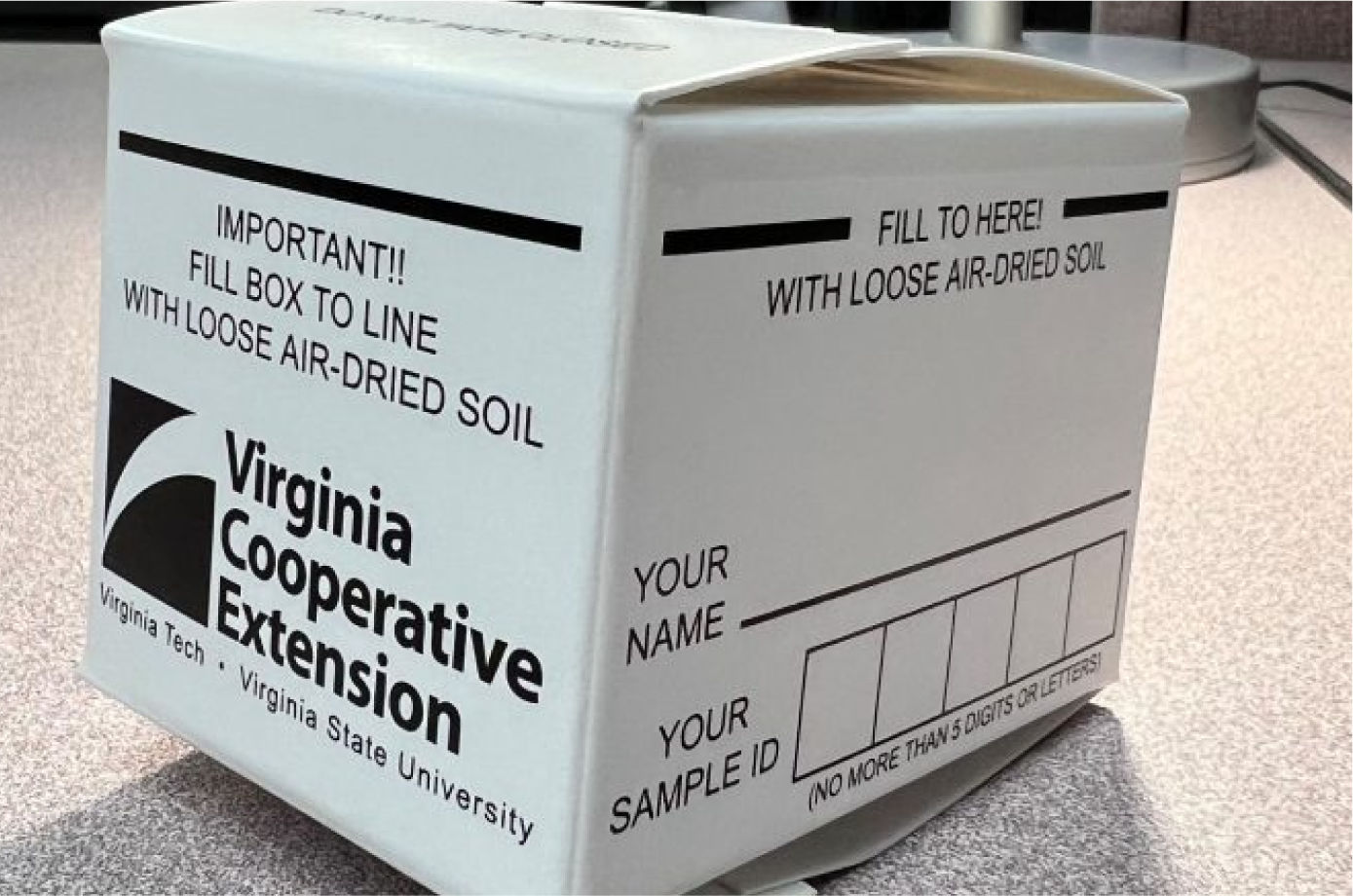
Conclusion
Soil testing is a straightforward step that yields substantial benefits, allowing you to garden with precision and care. By testing every 3–5 years, particularly in the fall, you’ll keep your garden soil at peak health. With a solid understanding of your soil, you’re equipped to create an ideal environment for your plants and enjoy a thriving garden. Happy gardening!
If you have any questions that weren’t answered or need more information, feel free to stop by and see us at either the Broad St. or Mechanicsville location. You can also give us a call or drop us an email at info@stranges.com. We’re here to help you grow better!
Connect with Strange’s:
Instagram: @StrangesRVA Facebook: @Strange’s Florist
Mechanicsville: 804-321-2200 West Broad: 804-360-2800




